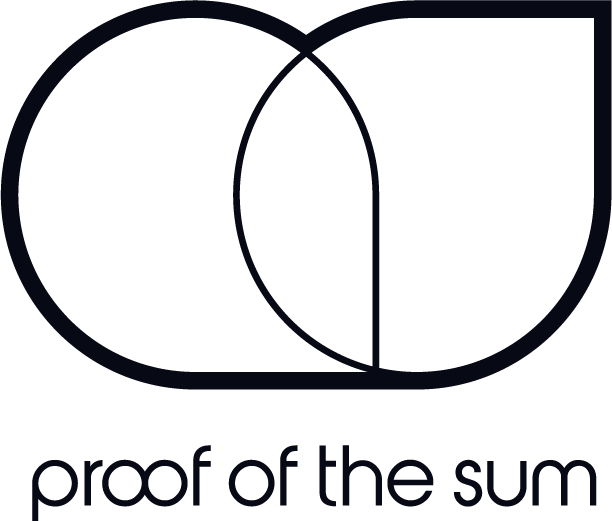Blog Research in an architectural practice
“If we don’t do research, we will be outdated in 5 years” – Roy Pype, 2021
Did you know that the Proof of the sum is derived from the combination of Proof and the Dutch phrase ‘proef op de som’?
- In Dutch when you say ‘proef op de som nemen’ you refer to ‘putting to the test’. Thus, researching as a process.
- Proof (obviously) refers to the implementation of evidence to guide design-decision making.
So the name Proof of the sum highlights our curiosity to investigate the design of knowledge environments. But what does that mean? How do we incorporate research into our daily architectural practice?
Just like most architecture firms, Proof of the sum does project-based research. That includes, for instance, a combination of analysis of the local context and site, investigating reference projects, as well as alternative studies for layout, composition, interior design and flows. This also includes ongoing conversations with core stakeholders, clients, future users, local governments, and other professionals in the planning and design team. This project-based research can be called internal research.
Proof of the sum additionally applies knowledge developed by others; this can be called ‘external research’. For instance, Proof of the sum is inspired by the SECI model of knowledge dimensions to understand organizational knowledge creation in innovation companies. While the model does not originally address the design of knowledge environments, Roy adjusted the SECI framework to incorporate design parameters, such as privacy, visual accessibility, proximity/co-presence, movement patterns and variety is spaces.

Applying research versus creating evidence
‘After years of applying knowledge into design, the time has come to evaluate what we have built and reflect on our design practices’. –
– Roy Pype, 2022
At Proof of the sum, we already do research to inform design decision-making. However, as argued by Erin Peavy and Kiley vander Wyst (2017): “It is essential to make the difference between applying knowledge versus creating knowledge”. There is a need to evaluate the applications and share the findings surrounding that. Creating iterative feedback loops allows knowledge development beyond individual or team practices. There are several approaches to such research that generally include (1) collecting and summarizing the knowledge, (2) defining design ambitions.
So after years of applying, Proof of the sum is now doing research/creating knowledge. For instance, by doing Post-Occupancy Evaluations (POE) of several projects that we designed and that have been in use for some years. The studies combine organizational and facility data with employee interviews and surveys to grasp how the design of the spaces supports employees in their work. In another study, we hope to understand more about how the building design can enhance community building between employees and organizations. This research allows in-depth knowledge of the specific projects. Moreover, the findings can inform reflections on the team’s design practices. Lastly, when the findings are shared with a wider audience than the team, the finding contributes to the knowledge base on design for work environments more generally.
At Proof of the sum, we thus do project-specific research, apply external knowledge and now do our own research to contribute to knowledge on the design of knowledge work environments.
Nonaka, I. and Takeuchi, H., 1996. The knowledge-creating company: How Japanese companies create the dynamics of innovation. Long range planning, 4(29), p.592.
